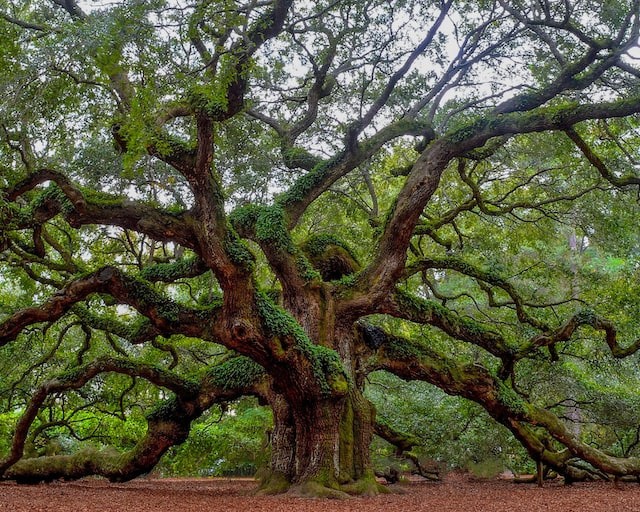An essential first step toward more accurate global fire forecasting is the development of a new conceptual framework for including plant dynamics, or the way plants use water and carbon, into fine-scale computer models of wildland fire.
Enhancing wildland-fire modeling in plants

The mechanism connecting fire behavior to plant injury, mortality, and recovery was discovered by an international research team to be the water and carbon dynamics of plants, which also affect combustion and heat transfer in plants and frequently determine their survival, as per ScienceDaily.
These results highlight how crucial it is to take into account plant physiology and water use when forecasting wildfires and planning prescribed fires, where the moisture content of the fuels has a significant impact on how the fire burns.
According to L. Turin Dickman, a plant ecophysiologist at Los Alamos National Laboratory, drought and high temperatures are aggravating water stress in plants, fueling the role of vegetation dynamics in fire behavior. In areas in which vegetation moisture is much more sensitive to scarce water, fires burn forests and shrublands more frequently.
The various ways that various evergreen species use water, for instance, can significantly alter the moisture content of those species. It is noted that this in turn affects how they burn and whether they survive.
Best fire-resistant plants in case of wildfires occur
All trees eventually burn. The materials are wood. However, some tree species are less flammable and take longer to ignite than others, as per Tree Vitalize.
The best trees to plant are those that have adapted to live in your area and work well with the ecosystem there. Native trees typically exhibit greater fire resistance.
The closest a tree can come to being fireproof is the Mediterranean cypress. The Mediterranean cypress can endure fire conditions for up to seven times longer than other trees before igniting, according to laboratory tests conducted by researchers.
The thick, scale-like leaves of the tree are largely to blame for this. When other plants and trees have already dried out, they maintain the Mediterranean cypress moist because of their exceptional water retention abilities. Their fallen leaves also act as a water-retentive sponge, forming a dense carpet on the forest floor.
The structure of the crown of specific variety being studied also may play a role in the Mediterranean cypress' ability to withstand fire.
The cork oak is among the oak species that is best at resisting wildfires, and oak trees are frequently at the top of lists of fire-resistant trees. The tree's thick cork bark prevents fires from starting and also shields the cambium from harm.
Cork oak trees frequently recover from fires thanks to the protection that cork bark provides to the cambium.
The issue with cork trees is that it's considered that once the cork is harvested, the tree's fire resistance will decline until the bark regenerates.
If you want to plant something that will resist fire, oak trees, and much more specifically the local variety of oak tree, might be a good option. But as with any tree selection for fire safety, it's best to consult with a trained, experienced professional first
.
© 2025 NatureWorldNews.com All rights reserved. Do not reproduce without permission.




